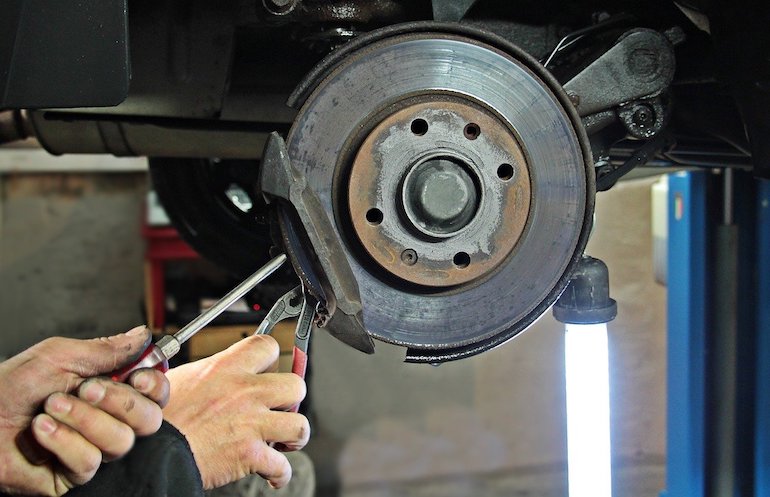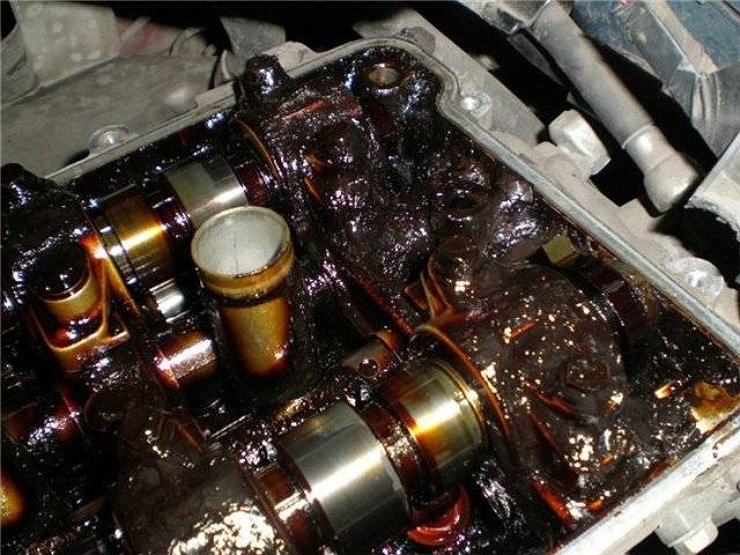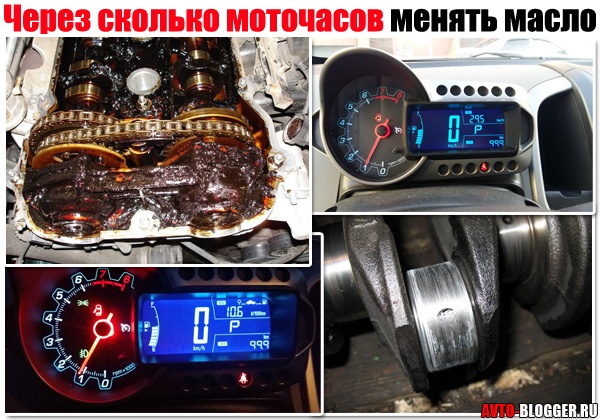
Zero maintenance: necessary or not? Reviews and advice
Content
We live in conditions of modern economic relations. The seller of any product or service, be it a starter pack, a new refrigerator, or a motor vehicle, is interested in extracting as much benefit from the buyer as possible. From here all those unnecessary services that are imposed on us by mobile operators, Internet providers or sellers of household appliances are drawn.
When it comes to cars, when buying a new car, the manager will insist on the need to undergo the so-called zero or intermediate MOT. Is zero maintenance required? This question causes a lot of controversy, so let's try to deal with it in more detail.

Zero maintenance and maintenance schedule
In the service card of each car, the manufacturer clearly indicates how often it is necessary to undergo mandatory maintenance and what work is performed. According to the manufacturer's regulations, TO1 is usually carried out with a mileage of 7 to 20 thousand kilometers and at least once a year. There is no separate line for zero maintenance in the map.
Thus, zero or intermediate maintenance is a technical inspection of the vehicle, which is carried out outside the regulations provided by the manufacturer. Zero maintenance is optional. And if a manager presses on you, telling you that the factory oil contains a lot of metal particles, and steering or engine parts can be deformed during the lapping process, you can ask him to show the maintenance schedule with intermediate maintenance in the service book or on the website of the car company. It simply won't be there.
That is, an intermediate technical inspection, which, depending on the model and car dealership, costs between 5 and 8 thousand rubles, is not provided by the automobile company. Another question is whether it is necessary to carry out a complete diagnosis if the car is practically new and has only covered 1-5 thousand km?
Logic suggests that the answer depends on the model of your car, country of assembly and operating conditions. During the intermediate maintenance, the following work is carried out:
- replacement of engine oil and oil filters;
- measuring the oil level and checking its quality in an automatic gearbox;
- chassis diagnostics to identify possible damage and deformations;
- checking the level of antifreeze and DOT 4 (brake fluid);
- diagnostics of electrical equipment.

Do I need to agree to an intermediate maintenance?
Of course, when it comes to vehicles manufactured by AvtoVAZ or the People's Republic of China, owners are faced with oil or coolant leakage even with low mileage. Accordingly, intermediate maintenance will help to detect a possible malfunction in time and eliminate it in a timely manner.
It is a completely different matter if you have purchased Skoda, Toyota, Renault, Hyundai, etc. According to the regulations, with a mileage of 15-20 thousand km or after one year of operation, the following set of diagnostic measures is carried out as part of TO1:
- checking the effectiveness of braking, measuring the wear of brake pads;
- changing engine oil and filters;
- electrical check - battery, ignition system, generator, starter, auto optics;
- diagnostic adjustment work - drive belts, brake pedals, clutch pedals, parking brake, etc .;
- adjustment of engine mounts, steering rods, suspension and suspension as a whole.
As can be seen from the list, most of the works duplicate each other. Naturally, additional diagnostics is never superfluous. It is better to find a malfunction immediately than to lay out several tens of thousands later on the purchase and installation of a new generator or fuel pump. However, when it comes to the products of the leading automobile companies, Mercedes-Benz or Toyota undergo very strict quality control. Therefore, breakdowns in the first few months of operation are extremely rare. And in most cases they are caused by the fault of the car owner himself.

What the experts advise
If you are ready to shell out 5-10 thousand rubles from your pocket for technical diagnostics that are not provided by the manufacturer, this is your own business. But first of all, you need to focus on the following factors:
- vehicle operating conditions;
- the quality of the road surface;
- stability of the engine systems and the car as a whole;
- individual driving style.
For example, on “steep” Russian roads, it is enough to skip a pit or a bump several times for slight deformations of the bottom to appear. As we wrote earlier on vodi.su, starting the engine on a cold is equivalent to a run of 500-600 kilometers. Add here the not always high quality fuel at local gas stations. We come to the conclusion that if the speedometer shows a mileage of 5 thousand km, in fact the car may be in a more neglected state, as if it had traveled two or three times more. In this case, zero TO will not be superfluous for sure.
If you operate the car in normal conditions, on flat roads, refuel at proven stations, and at the same time you have purchased not a budget car, but a more expensive car. This means that you are unlikely to need zero maintenance and you can refuse it.
Loading…

